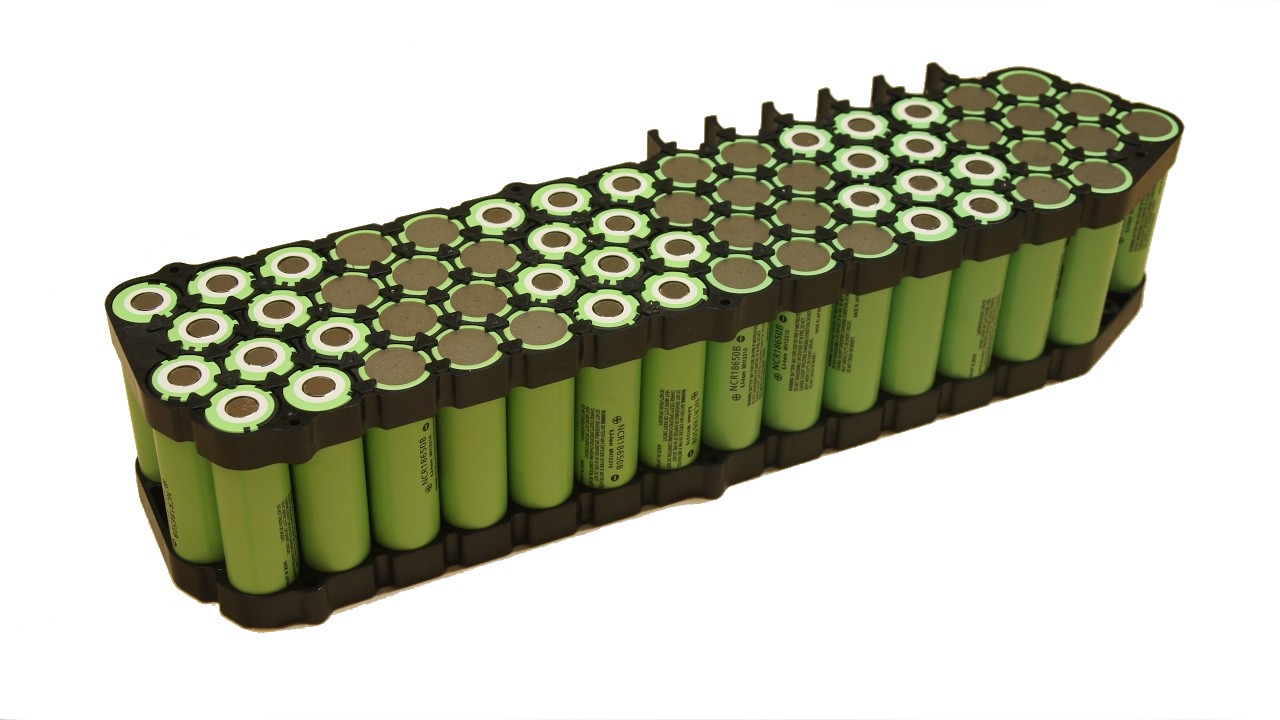Title: The Fundamental Working Principle of Lithium-Ion Batteries
The basic operating principle of lithium ion batteries relies on an electrochemical reaction, enabling the storage and release of energy within the battery.
Charging Process:
The charging process marks the beginning of energy storage in lithium-ion batteries. During this process, electrical energy from an external source is applied to the battery. The charging process induces the movement of lithium ions from the anode to the cathode. Meanwhile, lithium ions are stored on the anode.
In chemical terms, during the charging phase, lithium ions are embedded into a carbon-based structure (e.g., graphite) on the anode. This is a process used to store energy chemically. Energy is stored during the formation or breaking of chemical bonds, and this stored energy can be released in the future as electrical energy.
Discharging Process:
The discharging process is the phase where lithium-ion batteries release stored energy. When the battery's energy is utilized to power our devices or vehicles, lithium ions move from the cathode to the anode.
During this movement, lithium ions are embedded into structures of metal oxide (e.g., lithium cobalt oxide) located on the cathode. The energy stored during this chemical reaction is released, and electrical energy is supplied. This electrical energy is then used for the operation of devices or electric vehicles.


